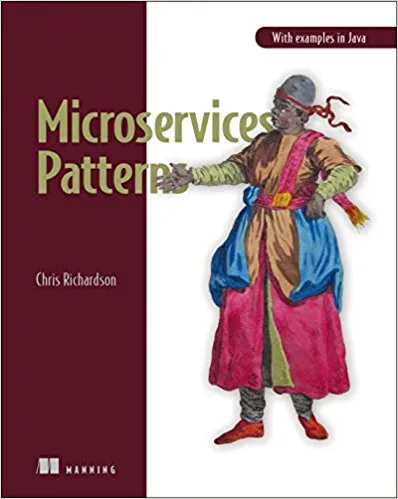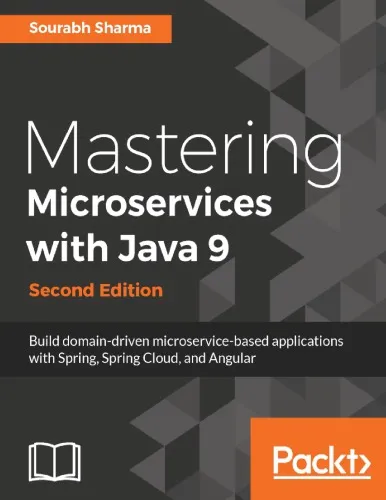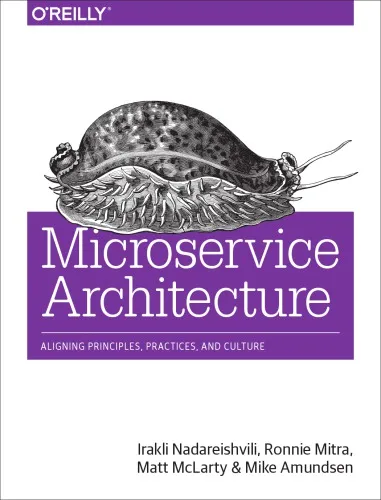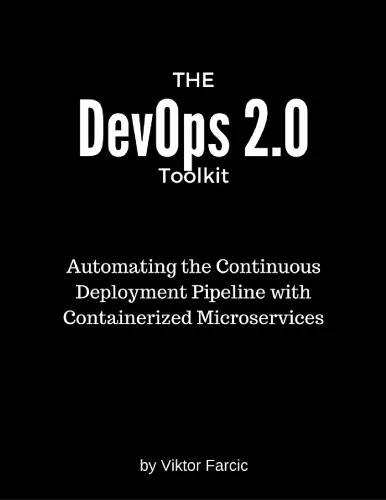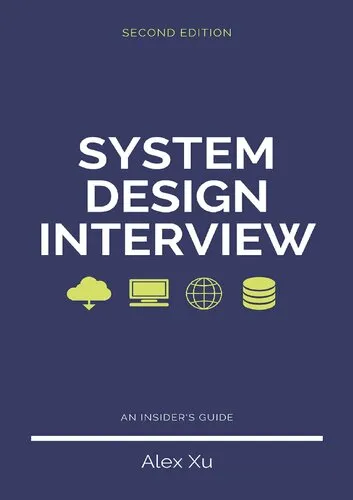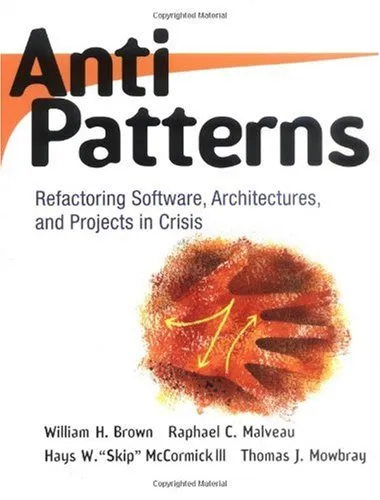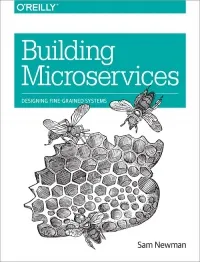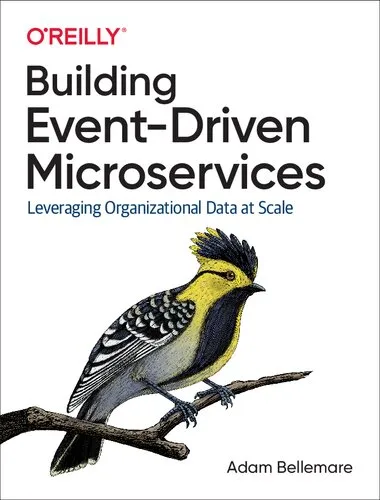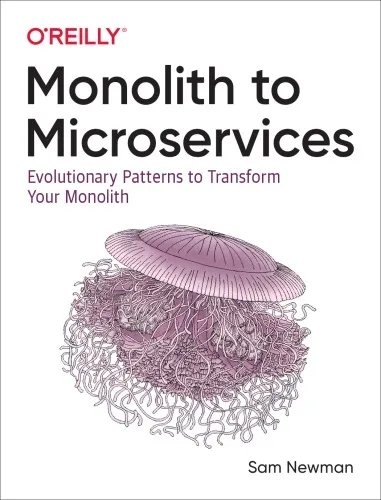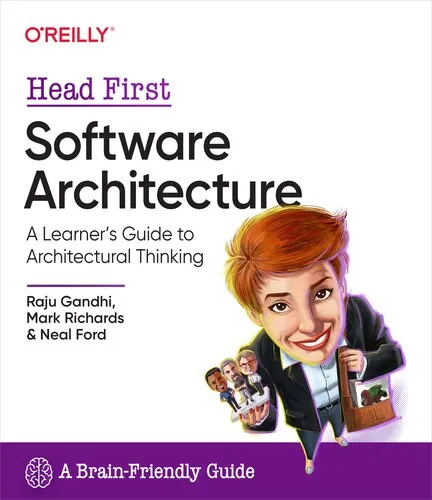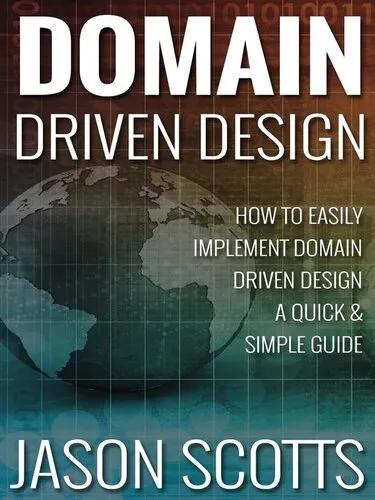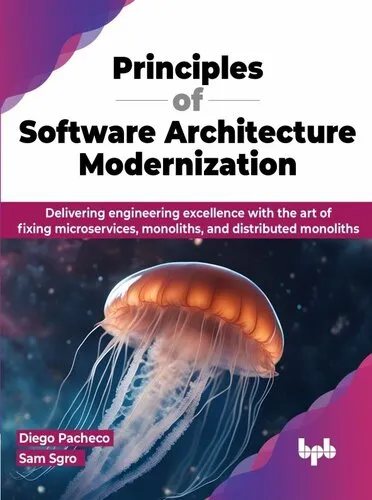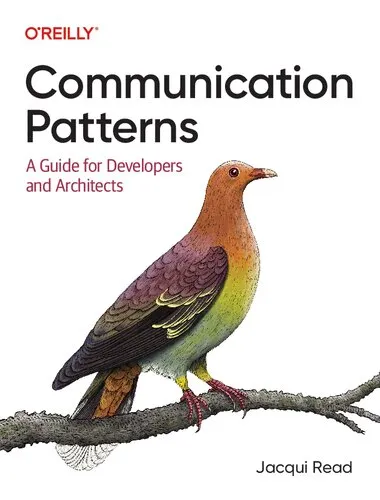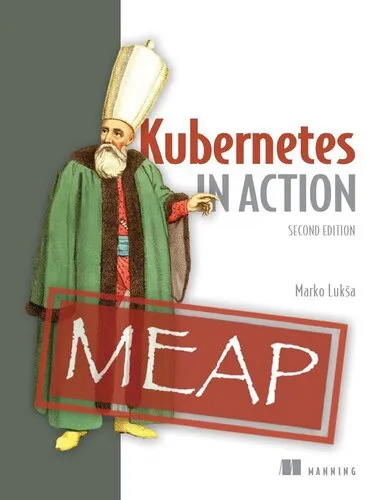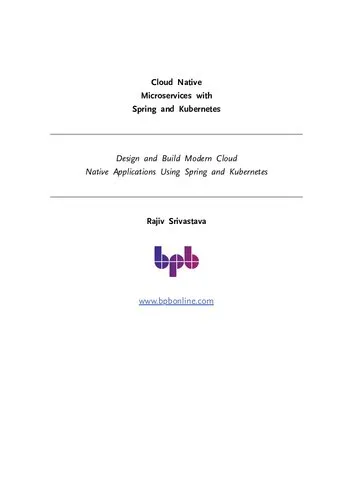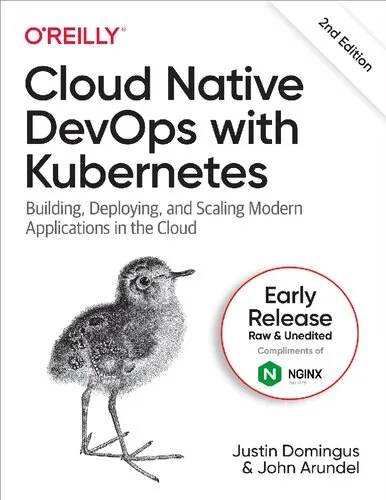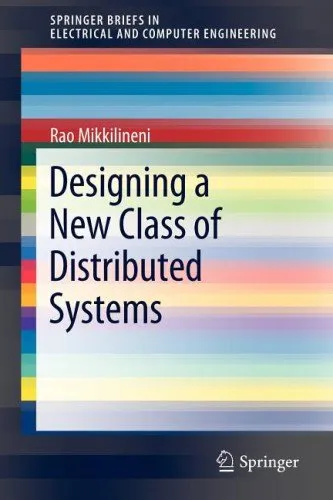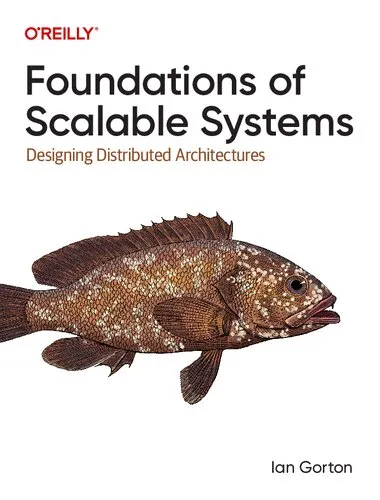Microservices Patterns: With examples in Java
5.0
Reviews from our users

You Can Ask your questions from this book's AI after Login
Each download or ask from book AI costs 2 points. To earn more free points, please visit the Points Guide Page and complete some valuable actions.Related Refrences:
Persian Summary
Introduction to Microservices Patterns: With Examples in Java
Understanding the dynamic world of microservices architecture is crucial for modern software development. "Microservices Patterns: With examples in Java" delves into the practical aspects of building and managing microservices applications. This book serves as a comprehensive guide for software developers, architects, and anyone interested in leveraging microservices for scalable and resilient software solutions.
Detailed Summary
Microservices architecture represents a revolutionary shift from traditional monolithic applications to more manageable, independent, and scalable services. "Microservices Patterns: With Examples in Java" offers insight into this transformation, focusing on the essential patterns and practices to succeed.
The book begins by introducing microservices architecture concepts and the reasons behind its growing popularity. It highlights the advantages of breaking down monolithic applications into smaller, independently deployable services that communicate with each other. The book also emphasizes how microservices can help organizations become more agile and responsive to change.
Readers are then guided through an exploration of key patterns that are crucial to successfully implementing microservices. With practical examples in Java, the book covers important topics like service discovery, externalized configuration, distributed tracing, and more. It delves into how these patterns help solve common challenges encountered in microservices architecture, such as data management, communication, and deployment.
In addition to providing a theoretical understanding, the book shines with its rich set of Java examples, showcasing how to implement these patterns effectively. Through these examples, readers gain hands-on experience that solidifies their understanding and equips them to tackle real-world challenges confidently.
Key Takeaways
- Comprehensive understanding of microservices architecture and its benefits.
- Practical insights into implementing microservices patterns using Java.
- Solutions to common challenges in microservices, such as scalability and fault tolerance.
- In-depth examples demonstrating how patterns can be applied to real-world scenarios.
- Guidance on the best practices for designing, deploying, and managing microservices applications.
Famous Quotes from the Book
"The shift from monolithic to microservices architecture is not just a change in technology, but a shift in culture and collaboration."
"Microservices allow us to build and deploy software faster and with higher quality, by encouraging small, autonomous teams."
Why This Book Matters
As organizations navigate the complexities of modern software development, the ability to architect software that is agile, scalable, and resilient becomes paramount. "Microservices Patterns: With Examples in Java" is an essential resource for developers who aim to harness the power of microservices architecture effectively. It stands out not only for its detailed exploration of microservices patterns but also for its actionable insights using Java, one of the most popular programming languages.
This book acts as a bridge, connecting theory with practice, equipping readers with the knowledge and skills to excel in the rapidly evolving landscape of software development. Whether you are a seasoned developer or just starting out, the lessons learned from this book will be invaluable as you embark on or continue your microservices journey.
Free Direct Download
You Can Download this book after Login
Accessing books through legal platforms and public libraries not only supports the rights of authors and publishers but also contributes to the sustainability of reading culture. Before downloading, please take a moment to consider these options.
Find this book on other platforms:
WorldCat helps you find books in libraries worldwide.
See ratings, reviews, and discussions on Goodreads.
Find and buy rare or used books on AbeBooks.
2631
بازدید5.0
امتیاز51
نظر98%
رضایتReviews:
5.0
Based on 1 users review
"کیفیت چاپ عالی بود، خیلی راضیام"
thang9
Sept. 5, 2025, 2:41 a.m.
this book give me a foundation about microservice and pattern to apply in the real world, really recommend anyone to read it to learn about microservice
Questions & Answers
Ask questions about this book or help others by answering
No questions yet. Be the first to ask!
